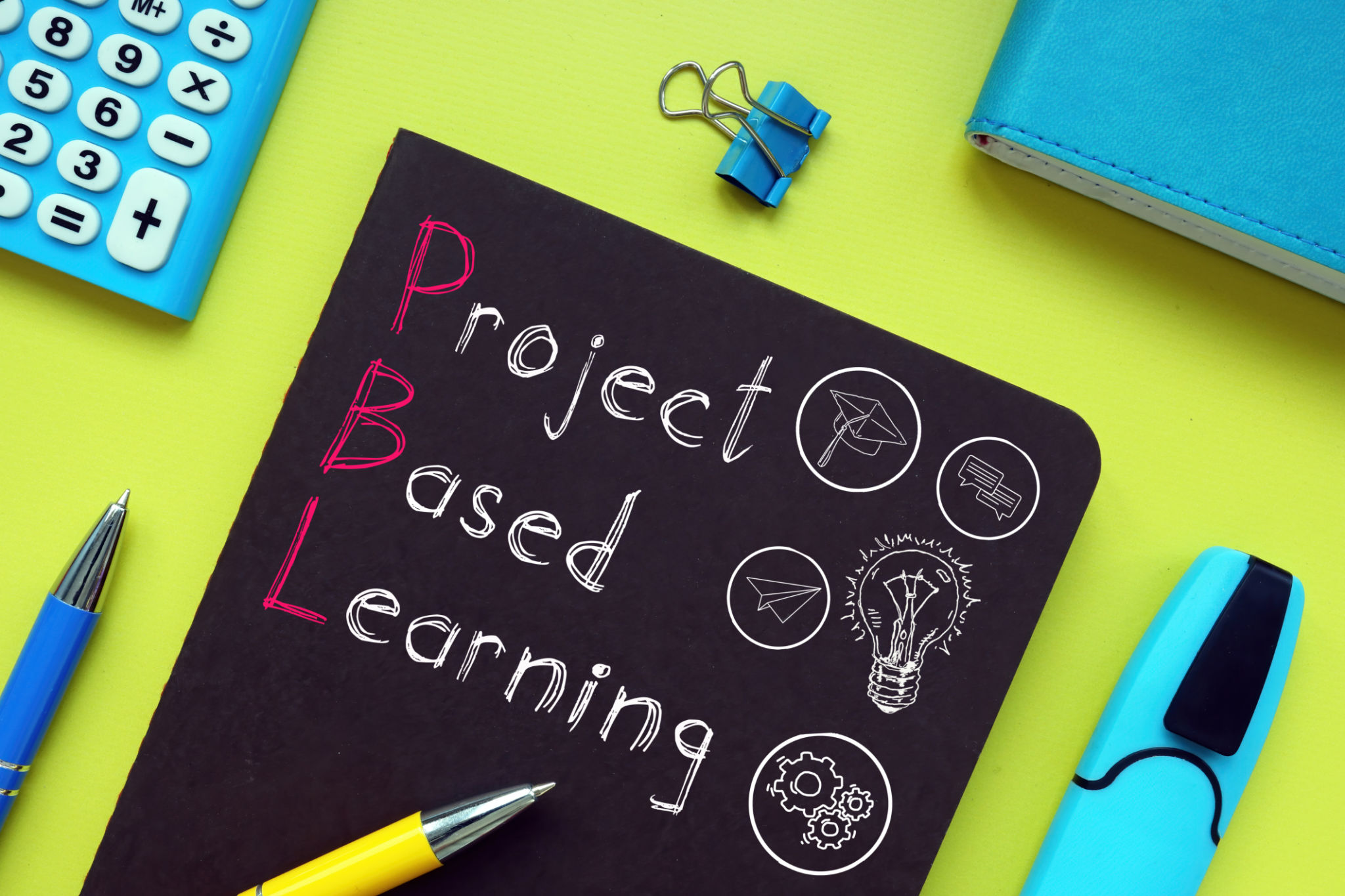Myth-Busting Standardized Testing: What Really Measures Student Potential?
Understanding Standardized Testing
Standardized testing has been a cornerstone of education systems worldwide, touted as an objective measure of student potential and achievement. These tests are designed to assess students on a uniform scale, providing data that can be analyzed to evaluate educational outcomes. However, the question arises: do these tests truly measure what they claim to? It's essential to explore the myths and realities surrounding standardized testing to gain a clearer perspective.

The Myth of Objectivity
One of the most common myths about standardized tests is their supposed objectivity. Many believe that because the same test is administered under the same conditions, it provides a fair assessment for all students. However, this ignores factors such as socioeconomic status, access to resources, and test anxiety, which can all significantly impact performance. These extraneous factors challenge the notion that standardized tests are entirely fair or impartial.
Additionally, the focus on multiple-choice questions in standardized tests can sometimes fail to capture a student's full capabilities. The ability to memorize facts and choose the correct answer from a list does not always reflect critical thinking skills or creativity, which are vital components of overall intelligence and potential.
Alternative Measures of Student Potential
Given the limitations of standardized testing, educators and researchers have been exploring alternative methods to measure student potential more accurately. One approach is the use of portfolio assessments, where students compile a body of work over time that demonstrates their learning process and achievements. This method allows for a more holistic view of a student's abilities.

The Role of Teacher Assessments
Teacher assessments also play a critical role in understanding student potential. Teachers interact with students daily and can provide insights into areas like class participation, problem-solving skills, and emotional intelligence. These qualitative measures offer a more nuanced understanding of a student's strengths and weaknesses, complementing the quantitative data from standardized tests.
Furthermore, project-based learning initiatives encourage students to apply their knowledge in practical scenarios, fostering skills that are often not captured in traditional testing formats. These projects can better reveal a student's aptitude for collaboration, innovation, and real-world problem-solving.

Rethinking Success in Education
Ultimately, rethinking how we define and measure success in education is crucial. Standardized tests should be viewed as one tool among many in assessing student performance. Schools should strive to create a balanced approach that incorporates diverse assessment methods to cater to different learning styles and intelligences.
By broadening our perspective on evaluation methods, we can ensure that all students have the opportunity to demonstrate their true potential. This shift is not just beneficial for individual learners but also essential for developing more inclusive and equitable educational systems.